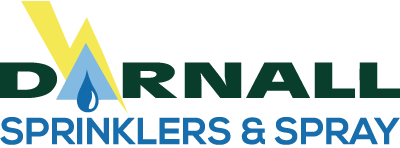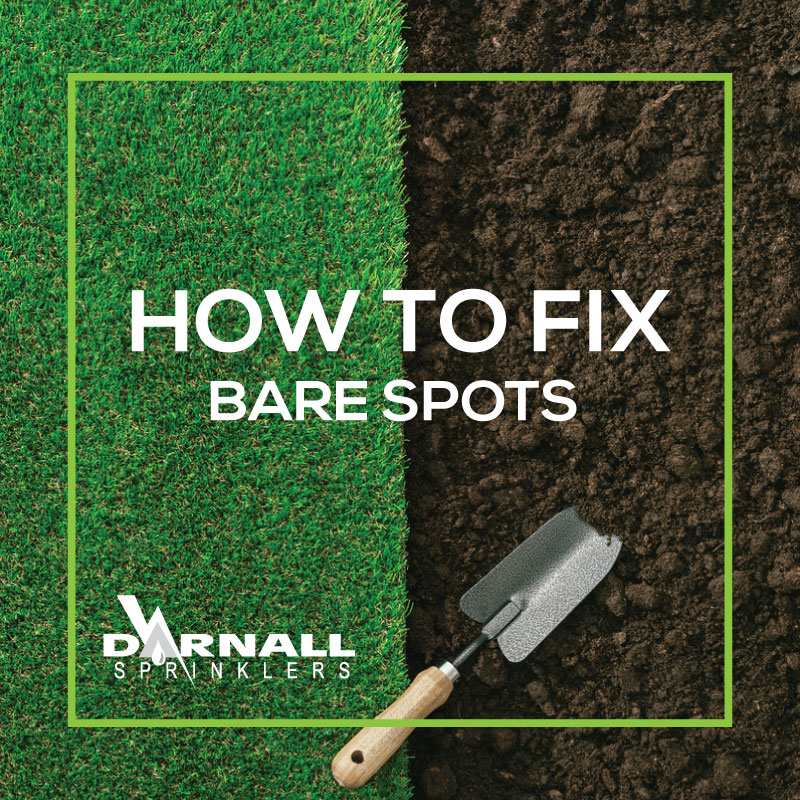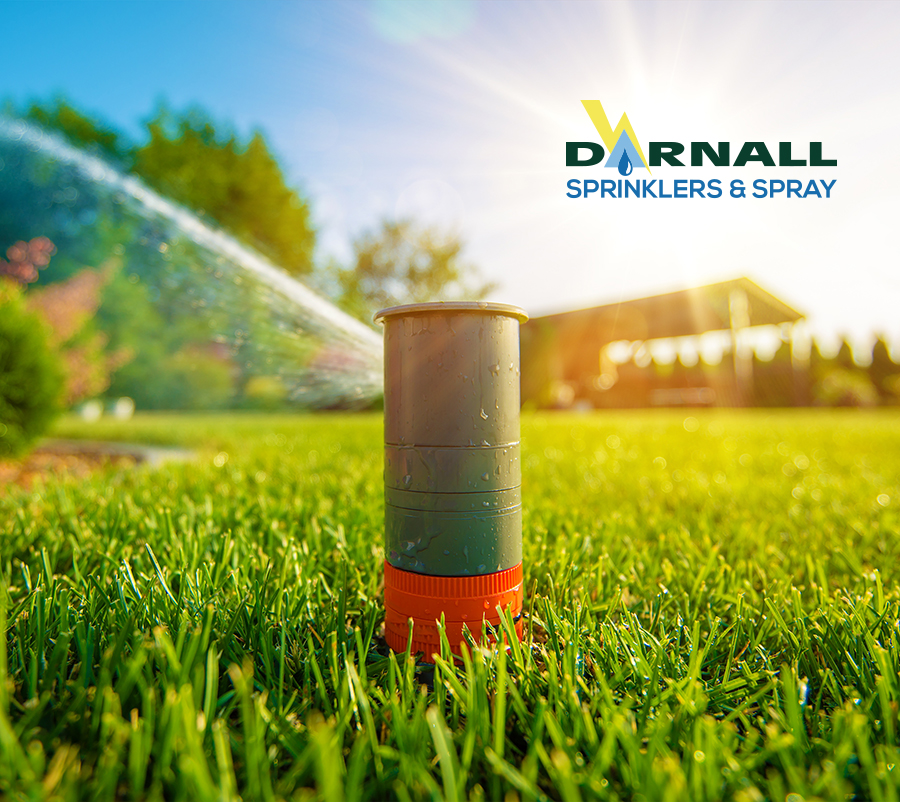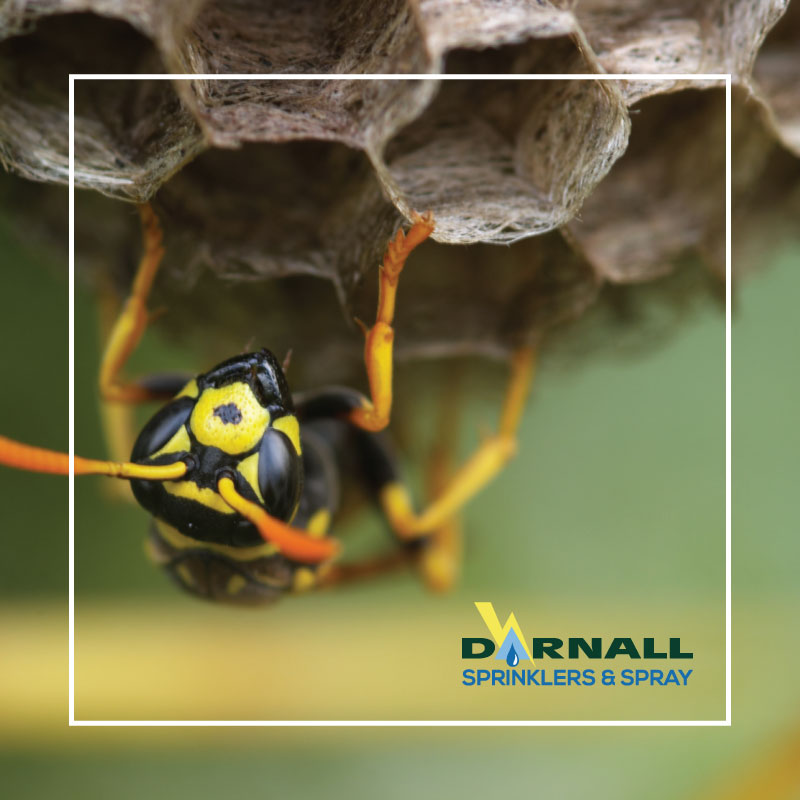
Planting Spring Bulbs
April 4, 2017
Don’t Over Fertilize
April 19, 2017Fixing Bare Spots
If your only problem is a bad spot or two, spot seeding can do the job. For patching or repairing smaller area, there are prepackaged mixes available that have seed, fertilizer and mulch all in one bag. Make sure you get the same variety of grass seed to match the rest of your lawn.
1. Make sure the damage is not from a pest.
2. Remove dead grass and loosen the soil.
3. Spread grass seed and rake it in.
4. Mulch with a thin layer of weed-free straw, such as wheat straw. As an alternative, you can use a seed starter mat or seed blanket to help keep the seed and loose soil from washing or blowing away.
Repairing or Renovating a Lawn
If 50% of the lawn is still good (not bare of grass or full of weeds), repair. If not, start a new lawn. Follow these steps in the area you’re repairing or restarting:
1. Mow lower than usual.
2. Apply nonselective herbicide.
3. Wait 10 to 14 days (or as directed by the product label).
4. Seed as a new lawn.
Watering
The amount and the timing of watering are very important. You must keep newly seeded lawns moist by light, frequent watering in order for the seeds to germinate. Keep the soil moist (but not saturated) until the new seedlings are about 1 inch tall. Be careful: too much water can rot the seeds or wash them way.




